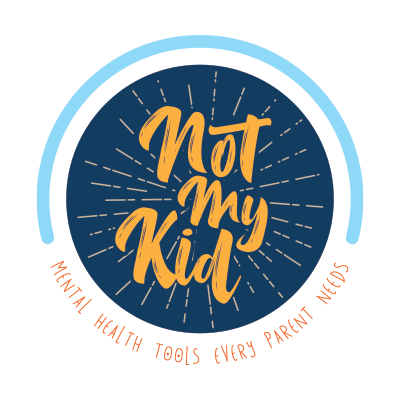Information provided by American Foundation for Suicide Prevention. Their PDF brochure can also be downloaded.
Telling your story about suicide can save lives, but only if you share it safely. Sharing your story lets people know they are not alone and shows them recover is possible. If done safely, your story will encourage people at risk to seek help.
Do
- Be at a safe place in your recovery. Reflect on your
own frame of mind. As a general guideline, wait at least
one year after the attempt or loss before speaking. - Define key messages. Your story should not simply
express pain. Your goal should be to educate and
inspire hope. - Practice. Sharing your story may bring up unexpected
emotions. Be sure to practice aloud so that you’re
prepared to speak calmly and slowly in front of others. - Emphasize the journey. Talk about both before and
after the loss or attempt, and how far you’ve come in
your recovery. - Know your audience. Consider who you will be talking
to (e.g., students, clinicians, survivors) and tailor your
remarks accordingly. - Be honest and comprehensive. Do not focus solely
on the loss or attempt. Include the full range of your
experience, both the positive and the negative, and
how you manage your mental health today. - Provide mental health resources for your audience to
take home, like the National Suicide Prevention Lifeline
at 1-800-273-TALK (8255), the Crisis Text Line (text TALK
to 741741), or afsp.org.
Avoid
- Don’t use phrases like “commit suicide” or
“successful attempt.” These phrases perpetuate
suicide’s stigma and moral judgment. Preferred
terms are “ended one’s life” or “died by suicide.” - Avoid details about suicide methods. Don’t refer
to lethal means unless your story would be incomplete
to the listener without it. If mentioned, avoid including
details, since graphic descriptions can be triggering
to those who struggle, and cause contagion. - Don’t simplify suicide. Reducing the attempt or loss to
a single cause fails to educate the public about the many
warning signs and risk factors that can signal an attempt. - Don’t glorify suicide. Portraying suicide as honorable or
romantic can lead others to view suicide as a viable option. - Avoid portraying suicide as an option. Suicide is not
a rational backup plan or coping behavior.
